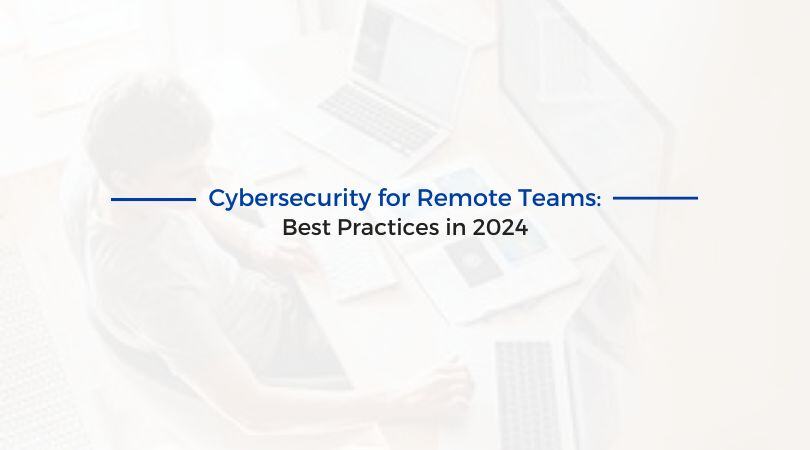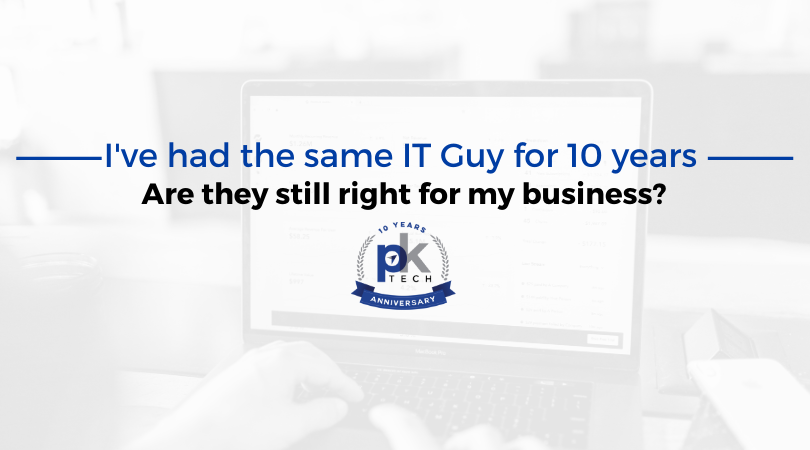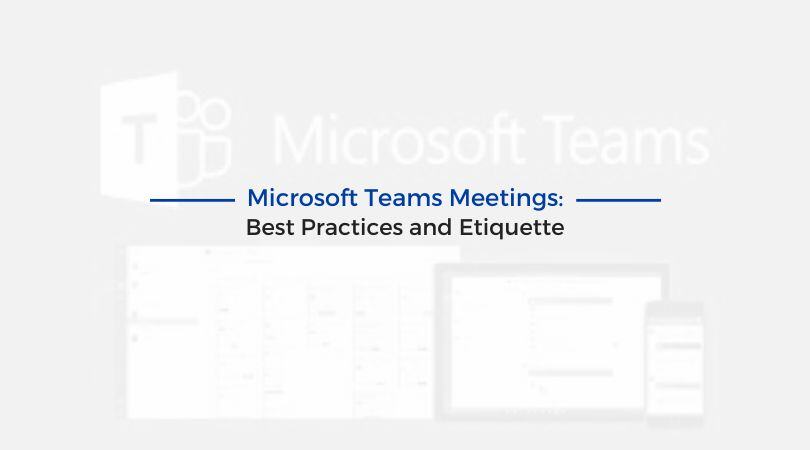Remote Workers Click 8 Risky Web Links a Day on Average
Work-from-home status has become a reality for most employees. For employers, this means learning to mitigate a constantly evolving cybersecurity...

In today’s digital landscape, where remote work has become the norm, cybersecurity has taken center stage in ensuring the safety and integrity of business operations. With teams spread across different locations and devices, safeguarding sensitive information has become more critical than ever before. As we navigate the complexities of remote work in 2024, let’s explore some best practices to fortify cybersecurity measures for remote teams.
In 2024, as remote work continues to evolve in a post-pandemic world, ensuring robust cybersecurity measures remains critical for safeguarding sensitive data and maintaining operational integrity. Remote teams must adopt a proactive approach, implementing multifaceted strategies to minimize evolving cyber threats. From utilizing secure communication tools and enforcing stringent access controls to conducting regular security awareness training, adhering to cybersecurity best practices not only ensures organizational resilience but also fosters a culture of vigilance among team members. As technology advances, you must adapt defenses as an organization.
Gone are the days when a simple password sufficed. MFA adds an extra layer of security by requiring additional verification steps, such as a code sent to a mobile device or biometric authentication, ensuring that even if passwords are compromised, unauthorized access is thwarted.
Educating employees about cybersecurity threats and best practices is paramount. Conduct regular cybersecurity training sessions to raise awareness about phishing scams, malware, and the importance of strong passwords. Empower your team to recognize and report suspicious activities promptly.
Encourage the use of virtual private networks (VPNs) to encrypt data transmission and secure connections when accessing company resources from remote locations. Additionally, ensure that Wi-Fi networks used by remote workers are secure and not vulnerable to eavesdropping.
Protecting endpoints, including laptops, smartphones, and other devices, is crucial. Deploy comprehensive endpoint security solutions that include antivirus software, firewalls, and device encryption to prevent unauthorized access and data breaches.
Cybercriminals often exploit vulnerabilities in outdated software to infiltrate systems. Keep all software and applications up to date with the latest security patches and updates to minimize the risk of exploitation.
Encrypting sensitive data both in transit and at rest adds an extra layer of protection, rendering it unreadable to unauthorized users. Utilize encryption protocols for emails, file transfers, and storage to safeguard confidential information.
Enforce strong password policies across the organization, including the use of complex passwords or passphrases, regular password changes, and avoiding the reuse of passwords across multiple accounts. Consider using password management tools to store and manage credentials securely.
Limit access to critical systems and data based on job roles and responsibilities. Implement access controls and privilege management to ensure that remote workers only have access to the resources necessary to perform their tasks, reducing the risk of insider threats.
Prepare for the worst-case scenario by developing a comprehensive incident response plan. Define clear procedures for identifying, containing, and mitigating cybersecurity incidents and ensure that all team members are familiar with their roles and responsibilities in the event of a breach.
Implement robust monitoring and auditing processes to detect and respond to real-time security incidents. Monitor network traffic, user activities, and system logs for any signs of suspicious behavior and conduct regular security audits to identify and address potential vulnerabilities.
By incorporating these best practices into their remote work strategies, organizations can strengthen their cybersecurity posture and mitigate the evolving threats posed by cybercriminals. In the ever-changing landscape of remote work, prioritizing cybersecurity is not just necessary but a proactive measure to safeguard the integrity and confidentiality of sensitive information. Together, let’s navigate the digital frontier with resilience and vigilance.
Safeguarding remote work in 2024 requires a multifaceted approach that combines robust cybersecurity measures with a proactive organizational culture. As remote work continues to evolve and expand, so too do the challenges and risks associated with it. By prioritizing comprehensive cybersecurity protocols, organizations can minimize these risks and protect sensitive data from cyber threats.
Fostering a culture of vigilance and accountability among remote team members ensures that cybersecurity remains a collective responsibility. As technology advances and cyber threats become more sophisticated, the commitment to safeguarding remote work must remain steadfast, enabling organizations to adapt and thrive in an increasingly digital landscape.
Ready to future-proof the cybersecurity of your remote workforce? PK Tech can help. Schedule a free 15-minute chat with our team.

Work-from-home status has become a reality for most employees. For employers, this means learning to mitigate a constantly evolving cybersecurity...

While most CPA firms report satisfaction after the decision to go paperless, it can often be a daunting task that many firms avoid because of the...

Microsoft Teams has become an integral part of remote collaboration and communication. With more teams relying on this platform for virtual meetings,...